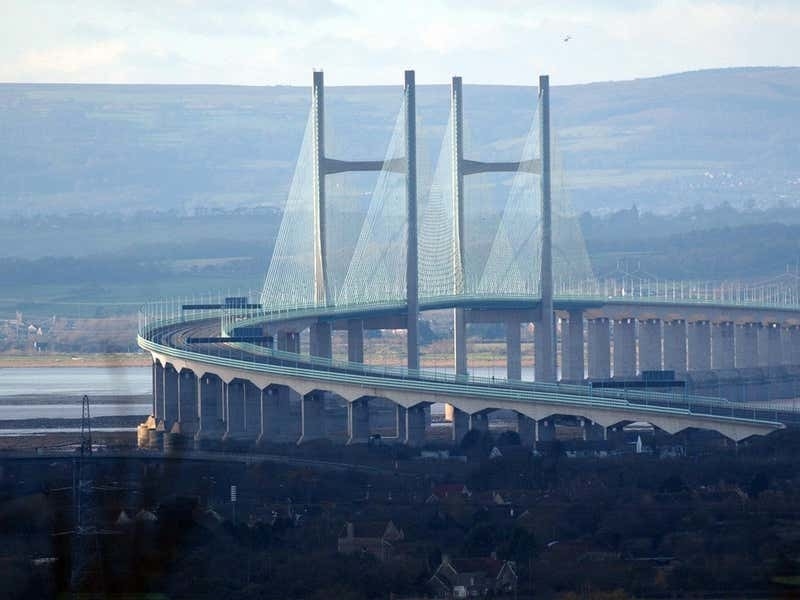The population of England and Wales rose by 3.5 million to 59.6 million in the last decade, census data for 2021 has shown.
The 6.3% increase signals a slowdown in population growth over the last 10 years, according to figures released on Tuesday by the Office for National Statistics (ONS).
The 2021 survey, carried out on March 21 last year, came against the backdrop of both Brexit, which has seen restrictions on immigration, and the coronavirus pandemic.
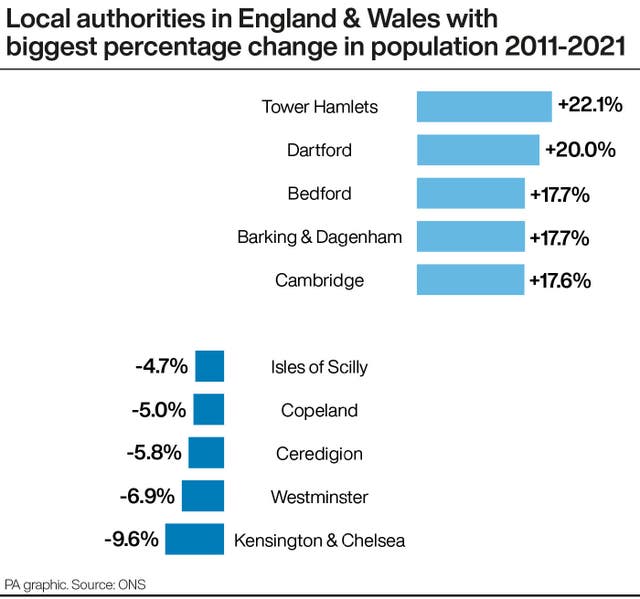
Pete Benton, ONS deputy national statistician, said the figures “begin to paint a rich and detailed snapshot of the nation and how we were living during the pandemic”.

“People continue to move home, some people will have left the country, others will have arrived.
“People will have changed jobs, some of us now work in offices once again, while others continue to work from home.
“We need to understand all of this and more.”
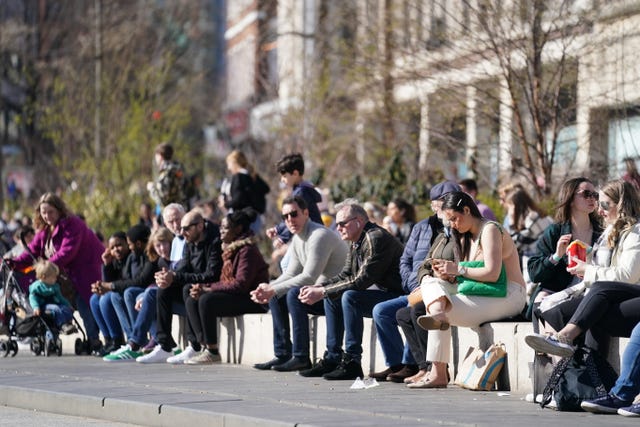
Figures show that the South East remains the most populous region in England with 9.3 million people, followed by London (8.8 million), while the North East was the least populous (2.6 million).
The East of England was the region that saw the biggest percentage rise in population from the 2011 to 2021 census, up 8.3% from 5.8 million to 6.3 million.
The population of London grew by 7.7% in a decade, up from 8.2 million to 8.8 million.
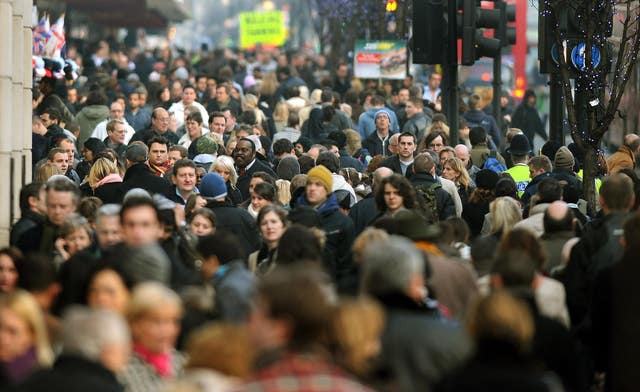
The new figures showed nearly one-in-five people (18.6%) is aged 65 and over, up from 16.4% in 2011.
In North Norfolk, one-third (33.4%) of its population on census day was aged 65 and over, the highest proportion for any local authority area in England and Wales.
There are 56 areas where at least 25% of the population is aged 65 and over.
The ONS figures show 51.0% of the population is female, and 49.0% is male.
This is a change from 50.8% female and 49.2% male in 2011.
Its results are used by a range of organisations including governments, councils and businesses, and underpins everything from the calculation of economic growth and unemployment to helping plan schools, health services and transport links.
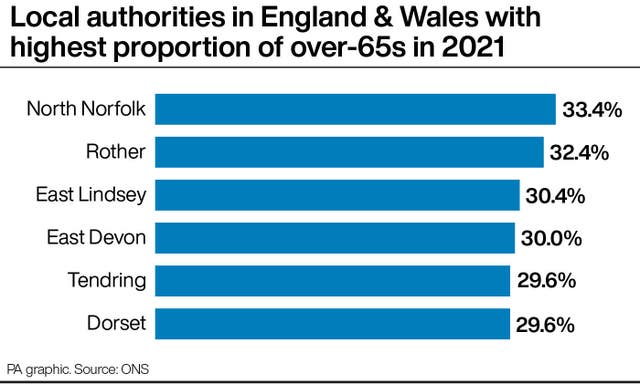
Future releases will include figures on ethnicity, religion, the labour market, education and housing plus, for the first time, information on UK armed forces veterans, sexual orientation and gender identity.
The census was taken at a time when coronavirus restrictions were still in place across the UK, with people only allowed to leave their homes in England for recreation and exercise outdoors with their household or support bubble, or with one person outside their household, and the rule-of-six on outside gatherings not coming into place until the end of March.
Separate figures for Northern Ireland published last month showed that the population on census day was a record 1,903,100, up by 92,200 or 5% since 2011.
Scotland’s census data is not expected until next year.

